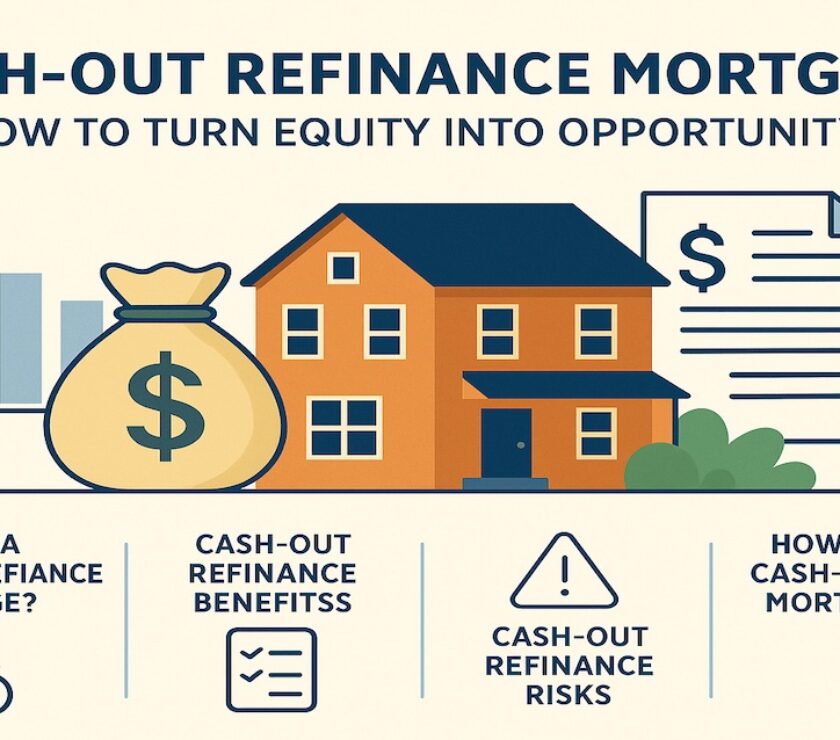TL;DR:
Tired of your money ghosting you before the month ends? You’re not alone—and you’re not stuck. This guide breaks down how to stop living paycheck to paycheck with simple steps that actually work in 2025.
Back in the Day…
There was a time I thought I had it all figured out. Fancy job, decent apartment, and just enough income to fake financial stability. But every payday felt like pressing restart—and not in a fun, Super Mario Bros. kind of way. I’d be broke by the 20th, wondering where it all went.
If you’re nodding right now, you already know that stress—checking your account and seeing double digits before the rent is even due. Living paycheck to paycheck isn’t just about how much you earn. It’s about mindset, habits, and a few sneaky money leaks. Let’s fix it—for real this time.
Table of Contents
Why You’re Stuck in the Paycheck to Paycheck living
Most people aren’t bad with money—they’re just overwhelmed. Rent is up. Groceries are wild. And apps like Uber Eats make it too easy to spend without thinking. In fact, 61% of Americans are living paycheck to paycheck in 2025, according to LendingClub.
The problem isn’t just your income—it’s how your money flows. So let’s flip the script.
Step 1: Track Every Dollar You Spend
If it feels like your money disappears faster than your weekend, it’s time to investigate. Use free tools like Monarch Money or a spreadsheet to log expenses for 30 days.
Pro tip: You’re not judging—just observing. Awareness = financial power.
Step 2: Build a Bare-Bones Budget
A bare-bones budget helps you focus on the essentials:
Rent
Utilities
Food
Transportation
Minimum debt payments
Everything else? Put it on pause. The goal is survival mode with a purpose. Once you stabilize, fun money comes back.
Step 3: Create a Mini Emergency Fund
You don’t need $10K. Start with $500 to $1,000 in a high-yield savings account. This “Oh crap” fund saves you from falling back into the cycle when life happens.
💡 Try CIT Bank or Ally—they offer solid APYs with no monthly fees.
🔗 CIT High-Yield Savings Review – Yahoo Finance
Step 4: Increase Your Take-Home Income
This part is clutch. Can you ask for a raise, freelance, drive for Uber, or flip thrift finds online? An extra $200–$500 a month can change your whole game.
Passive win: Try Rakuten (affiliate link) to earn cashback on purchases you already make.
Step 5: Automate & Prioritize Essentials
Automation removes human error (aka forgetting to pay bills). Set up auto-transfers for:
Bills
Savings
Debt
Let your money work while you sleep—because who wants to babysit it?
Step 6: Destroy the Debt Drain
High-interest debt is your silent saboteur. Use either:
Debt Snowball (smallest balance first)
Debt Avalanche (highest interest first)
Need a jumpstart? Read:
👉 Best Credit Repair Services for 2025 (That Actually Work)
Step 7: Build Habits That Stick
Financial freedom is a lifestyle, not a 3-day challenge. Schedule a 15-minute “money date” weekly. Review:
Wins
Losses
Next steps
Celebrate packing lunch instead of ordering out. Small wins are the building blocks of big change.
Closing Summary
Living paycheck to paycheck doesn’t mean you’re failing—it means you’re human in a pricey world. But when you start tracking, budgeting, saving, earning more, and crushing debt? You shift from stressed to strategic.
💡 Remember: You’re not broke. You’re becoming unbreakable.
FAQ
Q: Can I stop living paycheck to paycheck on under $40K/year?
A: Yes. It’s possible with creativity, discipline, and side income. Budgeting becomes your superpower.
Q: Should I pay off debt before saving?
A: Build a $500–$1,000 emergency fund first. Then go beast mode on high-interest debt.
Q: Best budgeting apps for beginners?
A: Try Monarch Money, Goodbudget, or YNAB. Pick one you’ll actually stick with.
Authoritative Sources
Internal + External Links
Final Thoughts
💬 Love this guide? Share it with a friend, drop a comment, and tag us if you had an aha! moment.
☕ Enjoyed this content? Buy me a coffee to support more financial freedom drops.
Disclaimer
This website is not affiliated with any financial institution or government agency and does not constitute personalized financial advice. We may earn from affiliate links. Please consult a certified financial advisor before making any major financial decisions. By using this site, you agree to our Terms and Privacy Policy.




